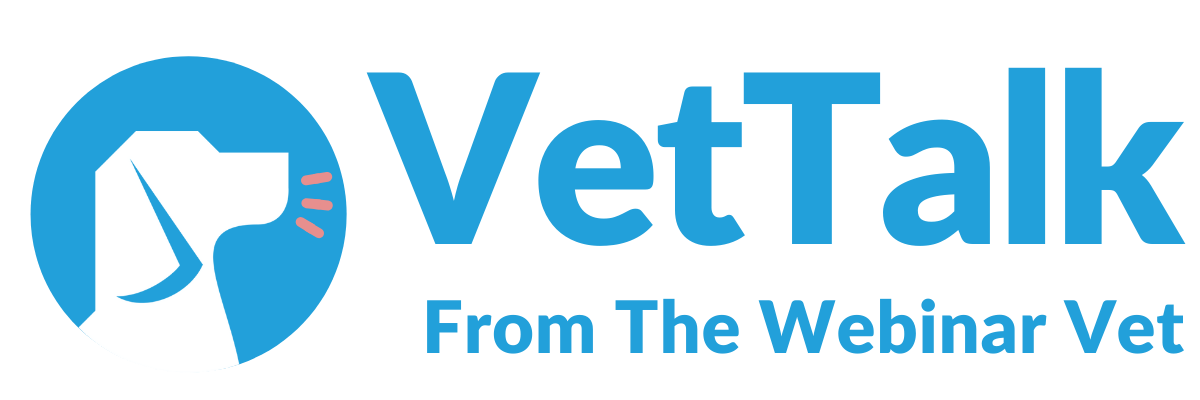
Work-Life Balance for Vets and Vet Nurses: Practical Steps
The veterinary profession is incredibly rewarding, but the demands of the job can often leave vets and vet nurses struggling to maintain a healthy work-life balance. Long hours, emotionally taxing cases, and a fast-paced environment make it crucial to prioritise personal wellbeing. Here are some actionable steps to help veterinary professionals achieve balance and prevent burnout.
1. Set Boundaries at Work
One of the first steps to maintaining balance is setting clear boundaries. It can be tempting to answer emails or take calls outside of work hours, but establishing limits is essential for preserving personal time.
Action: Dedicate specific hours to work and communicate these boundaries to your colleagues and clients. Use tools like auto-responders to signal when you're unavailable.
2. Prioritise Time Management
Time management can make or break your ability to handle a busy schedule. Effective planning allows you to manage your responsibilities while carving out personal time.
Action: Use tools like calendars or task management apps to schedule your day. Prioritise tasks based on urgency and importance, and don't forget to include time for breaks.
3. Learn to Delegate
You don’t have to do it all. Trusting your team and delegating tasks can lighten your load and ensure efficient operations.
Action: Identify tasks that can be handed over to qualified team members and empower them with the responsibility. This frees up your time for high-priority responsibilities.
4. Invest in Self-Care
Self-care isn't a luxury; it’s a necessity for maintaining mental and physical health. Without it, the risk of burnout increases.
Action: Schedule regular activities that help you recharge, whether it’s exercise, hobbies, or simply spending time with loved ones. Even a short daily walk can make a difference.
5. Seek Flexibility
Veterinary roles often come with rigid schedules, but exploring flexible working arrangements can help improve balance.
Action: Discuss options for flexible hours or remote work (for administrative tasks) with your employer. Many practices are becoming more open to such arrangements to retain staff.
6. Foster a Supportive Workplace
A positive work culture can significantly impact your overall wellbeing. Team support makes challenges easier to navigate.
Action: Build strong relationships with your colleagues and communicate openly about challenges. Encourage practices to prioritise mental health initiatives, such as wellbeing check-ins or counselling support.
7. Learn to Say No
Overcommitting is a common issue in the veterinary profession. Learning to say no can protect your time and energy.
Action: Before agreeing to additional responsibilities, evaluate your current workload and consider whether taking on more will compromise your wellbeing.
8. Take Regular Breaks
Continuous work without breaks can lead to exhaustion and decreased productivity.
Action: Schedule regular short breaks throughout the day, especially during long shifts. Step away from your desk or treatment area to reset your focus.
Final Thoughts
Work-life balance isn’t about perfection; it’s about creating harmony between your professional responsibilities and personal needs. By implementing these steps, vets and vet nurses can improve their wellbeing and continue to provide exceptional care to their patients. Remember, taking care of yourself is just as important as taking care of the animals you love.
References
Mind Matters Initiative – Royal College of Veterinary Surgeons
